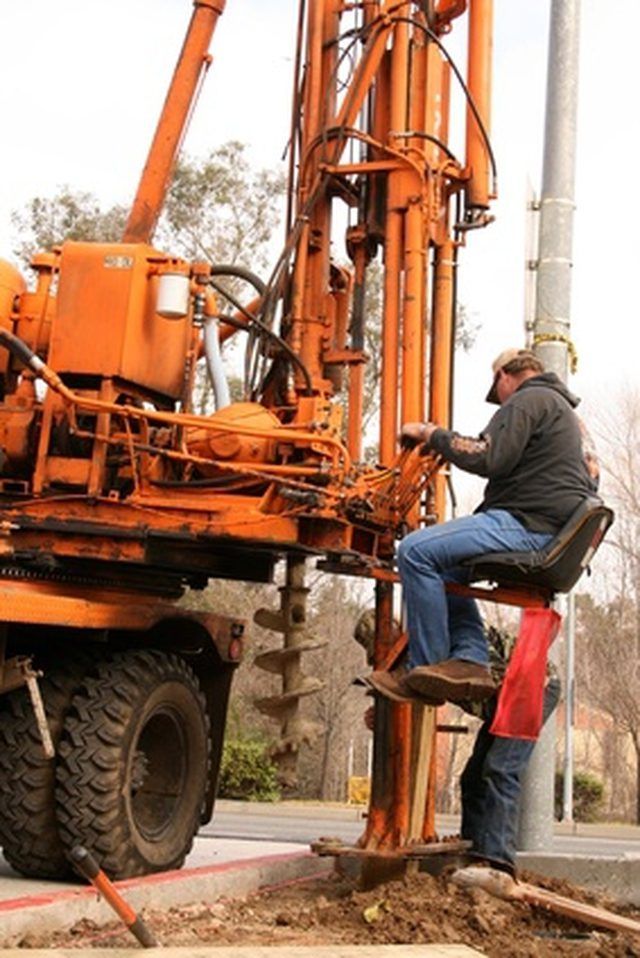Bulbs
Flower Basics
Flower Beds & Specialty Gardens
Flower Garden
Garden Furniture
Garden Gnomes
Garden Seeds
Garden Sheds
Garden Statues
Garden Tools & Supplies
Gardening Basics
Green & Organic
Groundcovers & Vines
Growing Annuals
Growing Basil
Growing Beans
Growing Berries
Growing Blueberries
Growing Cactus
Growing Corn
Growing Cotton
Growing Edibles
Growing Flowers
Growing Garlic
Growing Grapes
Growing Grass
Growing Herbs
Growing Jasmine
Growing Mint
Growing Mushrooms
Orchids
Growing Peanuts
Growing Perennials
Growing Plants
Growing Rosemary
Growing Roses
Growing Strawberries
Growing Sunflowers
Growing Thyme
Growing Tomatoes
Growing Tulips
Growing Vegetables
Herb Basics
Herb Garden
Indoor Growing
Landscaping Basics
Landscaping Patios
Landscaping Plants
Landscaping Shrubs
Landscaping Trees
Landscaping Walks & Pathways
Lawn Basics
Lawn Maintenance
Lawn Mowers
Lawn Ornaments
Lawn Planting
Lawn Tools
Outdoor Growing
Overall Landscape Planning
Pests, Weeds & Problems
Plant Basics
Rock Garden
Rose Garden
Shrubs
Soil
Specialty Gardens
Trees
Vegetable Garden
Yard Maintenance
How to Remove Well Casing
How to Remove Well Casing. Water wells are typically constructed for drinking water extraction, groundwater quality monitoring or groundwater pollution remediation. Property owners abandon wells that are out of commission so that they do not become a conduit to the underlying groundwater aquifer. One method of proper well abandonment is to remove...

Water wells are typically constructed for drinking water extraction, groundwater quality monitoring or groundwater pollution remediation. Property owners abandon wells that are out of commission so that they do not become a conduit to the underlying groundwater aquifer. One method of proper well abandonment is to remove the well casing from the ground and to backfill the hole with a cement grout. Certified well drillers who are properly trained and licensed perform well abandonment activities.
Things You'll Need
Drill rig with augers
Certified well driller
Drillerís helper
Chain or strap
Overdrill the well casing to loosen it from the surrounding material. To overdrill the well, choose a hollow-stem auger with an inside diameter larger than the diameter of the casing. For example, if the well casing is 2 inches in diameter, overdrill the well with a 4-inch or larger auger. Fit the auger over the casing so that the drilling will break up the grout, seal and sand pack surrounding the casing. Large wells, with casing diameters of 6 inches or greater, may too big to overdrill, depending on available equipment.
Attach a chain or strap to the well casing. Once the overdrilling is complete, leave the augers in the ground and attach a chain or strap to the casing and the auger. If overdrilling is not possible, attach large casings to small diameter, solid-stem augers placed inside the casing.
Pull the casing from the ground using the drill rig. Use care when extracting PVC or old casing since it tends to break easily and will become stranded below the land surface.
Tips & Warnings
Ream the borehole if the casing breaks below the ground surface to break the casing into small pieces that will exit the borehole with the soil cuttings as the augers rotate.
Drillers may manually pull very shallow well casings from the ground without the use of a drill rig.
Pressure grout the empty borehole after removing the well casing to protect the underlying groundwater aquifer.
Use care when removing PVC casing because it breaks easily.